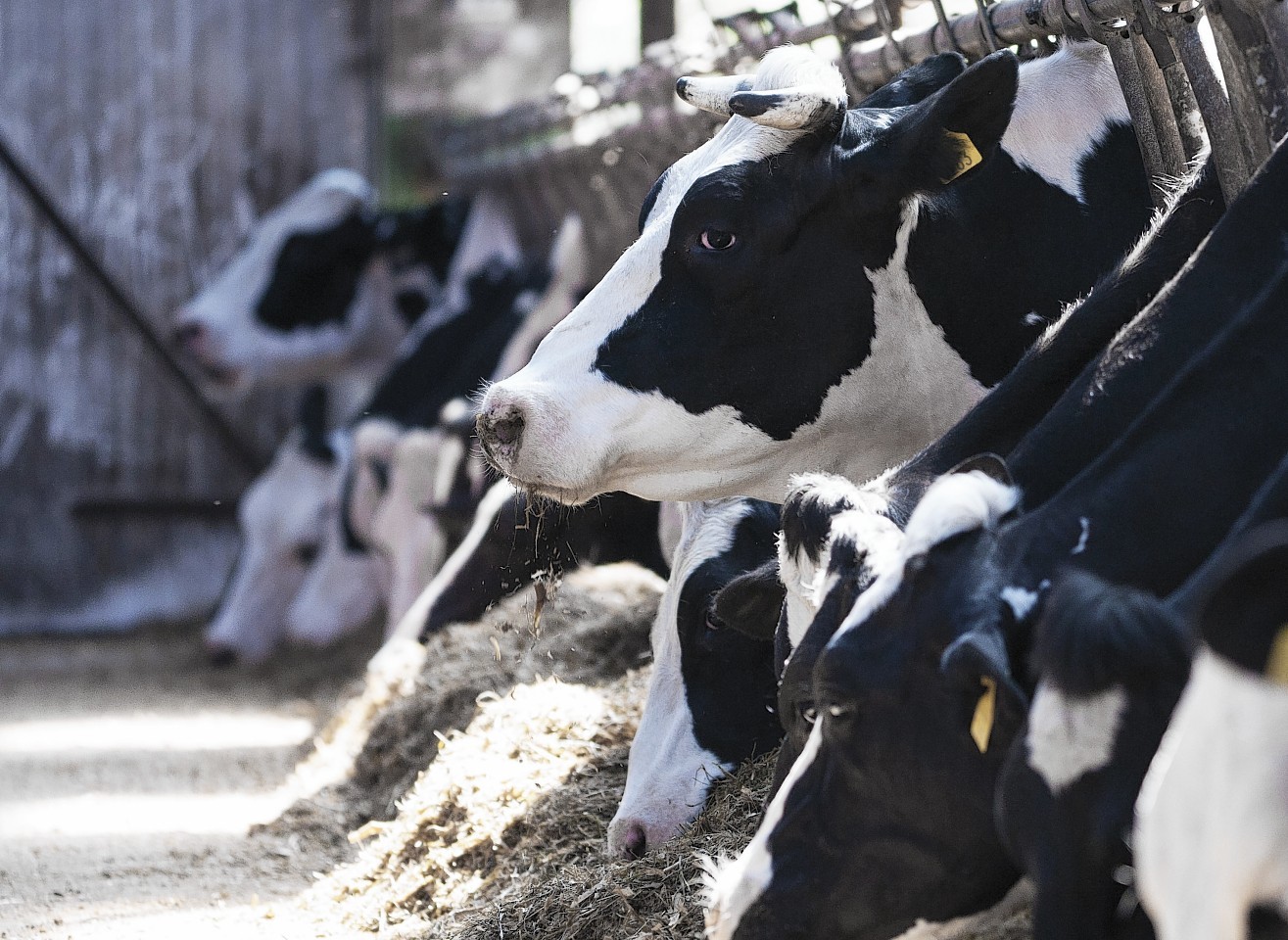Government has ruled out setting a minimum farmgate price for milk.
In January an e-petition was launched on the UK Government’s website calling for farmers to be paid a minimum price for milk.
The petition, which has been signed by more than 30,000 people, says: “Many farmers are being driven into crisis as retailers slash the milk price further. This is to petition the government to set a minimum milk price payable to the farmer to protect their business, livelihood and the future of the industry.”
The petition, which closes at the end of this month, has now received a response from Defra.
In a statement, the farming ministry said: “The government cannot legislate on prices, which must be agreed by retailers, processors and producers.”
It said: “The government understands that some farmers are struggling with low prices and we are doing everything we can to help them through this period. We have asked HMRC and the banks to take a sympathetic stance with dairy farmers, and we have ensured that farm payments for dairy farmers are prioritised by the Rural Payments Agency.”
It said the Groceries Code Adjudicator had been set up to “address the market dominance of the large retailers and ensure suppliers are treated fairly and lawfully”, and cited the existence of the dairy voluntary code of practice which was in place “to increase trust and transparency and to giver farmers a fairer deal”.
Meanwhile, Bruce Crawford MSP has submitted a motion to the Scottish Parliament calling for a ‘Made in Scotland’ brand to be created for all Scottish produced dairy products.
According to Mr Crawford, the creation of a Scottish dairy brand would both boost the dairy sector and motivate milk processors to invest in Scotland.
His plea has been backed by NFU Scotland’s milk committee chairman Graeme Kilpatrick, who said: “Support from Scottish consumers wanting to buy Scottish dairy produce, manufactured in Scotland from Scottish milk has never been higher.
“The frustration for farmers and consumers is that product labelling can often make the true origin of produce difficult to establish.
“The success of this motion will put pressure on the European Commission to introduce labelling regulation which will give consumers the information they need to make informed decisions and support local producers, while also reminding retailers the importance of giving local produce pride of place on their shelves and online stores.”
Earlier this year the Press and Journal launched a campaign to support struggling dairy farmers.
The campaign, which has been backed by local producers, calls on members of the public to buy more British and Scottish dairy produce.
